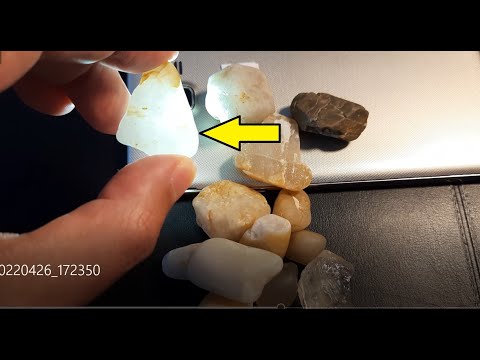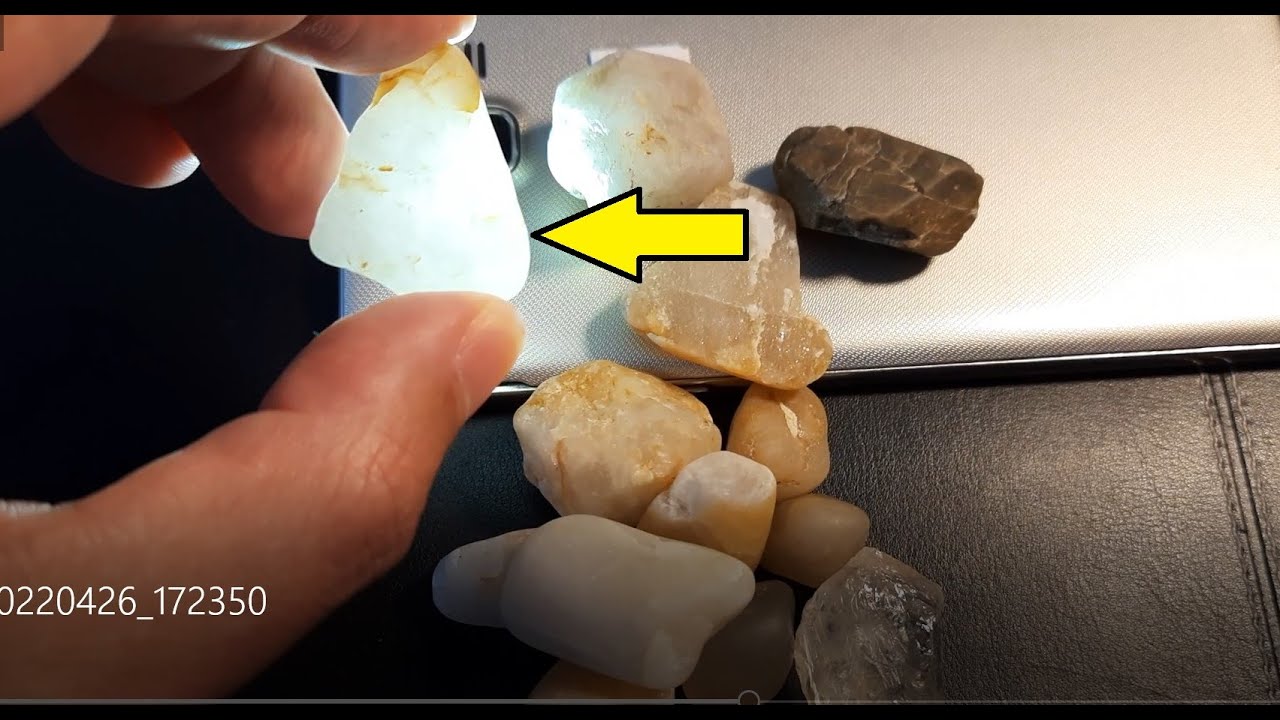A natural diamond is a mesmerizing wonder of nature that exudes unrivaled brilliance and everlasting beauty. Its flawless clarity, captivating color, and breathtaking sparkle make it a truly extraordinary gemstone. A natural diamond possesses a unique charm and allure that is simply unparalleled. Its clarity is distinguished by its incredible transparency, allowing light to effortlessly pass through, resulting in a mesmerizing play of reflections and refractions that seem to dance within the stone. The color of a natural diamond ranges from the purest, dazzling white to a spectrum of vibrant hues, including stunning pinks, luxurious blues, and rich yellows, each radiating its own individual character. What truly sets a natural diamond apart is its unparalleled sparkle – an irresistible gleam that catches the eye and captures the heart. As light interacts with the diamond’s perfectly cut facets, it produces an awe-inspiring display of brilliance and fire, illuminating any room with its enchanting glow. These remarkable qualities of a natural diamond make it an everlasting symbol of love, beauty, and elegance, making it an irresistible choice for those seeking a truly extraordinary and timeless treasure.

The Characteristics of Natural Diamonds
| Characteristic | Description |
|---|---|
| Color | Natural diamonds come in a wide range of colors, from transparent to various shades of yellow and brown. Some rare diamonds exhibit intense colors such as blue, green, or pink, which are highly prized. |
| Clarity | Most natural diamonds contain internal flaws called inclusions and external blemishes. These imperfections, which are formed during the diamond’s crystallization process, contribute to its uniqueness and can be used to identify individual stones. |
| Cut | The cut of a diamond refers to its proportions and how well it has been faceted. A well-cut diamond reflects light internally, resulting in exceptional brilliance and sparkle. The most popular cut is the round brilliant, but diamonds can also be cut in various shapes such as princess, oval, or emerald. |
| Carat Weight | Diamonds are measured in carats, with one carat equaling 200 milligrams. The carat weight affects the size of the diamond, but it is important to note that a higher carat weight does not necessarily mean a more valuable diamond. Other factors, such as cut, color, and clarity, also determine a diamond’s worth. |
| Shape | Natural diamonds can be found in various shapes, each offering a distinct appearance. These shapes include round, princess, radiant, marquise, pear, cushion, emerald, and many more. The choice of shape is a matter of personal preference and can greatly influence the overall aesthetics of the diamond jewelry. |
| Hardness | Diamonds are the hardest known substance, scoring a perfect 10 on the Mohs scale of mineral hardness. This exceptional hardness makes diamonds highly resistant to scratching, making them suitable for everyday wear in jewelry. |
“Unleashing Nature’s Hidden Gems: The Allure of Uncut Rough Diamonds”
What Does a Natural Diamond Look Like?
Diamonds are one of the most sought-after gemstones in the world. Their brilliance, durability, and rarity make them highly desired for use in jewelry. But what exactly does a natural diamond look like? Let’s explore the characteristics that make these precious stones so unique and captivating.
1. Color
One of the defining features of a natural diamond is its color, or lack thereof. Most diamonds appear colorless to the naked eye, but they can also come in a variety of hues. The Gemological Institute of America (GIA) has established a color grading scale that ranges from D (colorless) to Z (light yellow or brown).
Absolutely colorless diamonds, those in the D-F range, are extremely rare and highly valued. As the color grade moves down the scale, the diamond starts to display a faint yellow or brown tint. However, it’s important to note that fancy color diamonds, such as blue or pink, are a separate category and are highly prized for their unique hues.
2. Clarity
Clarity refers to the presence or absence of internal or external flaws, known as inclusions and blemishes, respectively. Inclusions are tiny imperfections that can be present within the diamond, such as crystals, feathers, or clouds. Blemishes, on the other hand, are surface irregularities, like scratches or chips.
The GIA uses a clarity grading scale to evaluate diamonds, ranging from Flawless (no visible inclusions or blemishes under 10x magnification) to Included (inclusions visible to the naked eye). Diamonds with higher clarity grades are more valuable, as they are considered to be purer and more brilliant.
3. Cut
The cut of a diamond refers to how well it has been shaped and faceted. It affects the diamond’s brilliance and sparkle, making it a crucial factor in determining its overall beauty. A well-cut diamond reflects light in such a way that it maximizes its internal sparkle and fire.
There are various diamond cuts, including round, princess, pear, and emerald, among others. Each cut has its own unique characteristics and proportions that determine its light performance. The GIA grades diamond cuts from Excellent to Poor, with Excellent being the highest grade.
4. Carat Weight
Carat weight is a measure of a diamond’s size, specifically its weight. One carat is equal to 200 milligrams or 0.2 grams. Larger diamonds are rarer and therefore more valuable, which is why carat weight plays a significant role in determining a diamond’s price.
It’s important to note that carat weight is not the only factor to consider when assessing a diamond’s value. The other three Cs (color, clarity, and cut) also greatly influence a diamond’s overall desirability and worth. A smaller diamond with exceptional color, clarity, and cut can sometimes be more valuable than a larger diamond with lower grades in these categories.
5. Shape
The shape of a diamond refers to its physical appearance when viewed from above. The most popular diamond shape is the round brilliant, known for its exceptional brilliance and fire. However, diamonds can be cut into various shapes, such as princess, emerald, oval, marquise, and pear, to name a few.
Each diamond shape has its own unique characteristics and appeal. The choice of shape is a matter of personal preference and style. Some shapes, like the round brilliant, are timeless classics, while others, such as the princess cut, offer a more modern and edgy look.
In conclusion, a natural diamond is a truly captivating gemstone. Its color, clarity, cut, carat weight, and shape all contribute to its overall beauty and value. Understanding these characteristics can help you make an informed decision when purchasing a diamond, ensuring that you select a stone that meets your preferences and budget.
What Does a Natural Diamond Look Like?
- A natural diamond typically has a transparent appearance.
- It may exhibit various colors, including white, yellow, brown, blue, green, or even rare colors like pink or red.
- Diamonds often have a brilliant sparkle due to their high refractive index.
- They have a crystal structure with well-defined facets, which contribute to their unique beauty and brilliance.
- Diamonds can have different shapes, such as round, princess, emerald, marquise, pear, or oval.
- They may contain internal imperfections called inclusions, which are remnants of the diamond’s formation process.
- Surface blemishes, like scratches or chips, are also possible on natural diamonds.
- A diamond’s surface is typically smooth and reflective.
- When light enters a diamond, it undergoes total internal reflection, creating a dazzling play of light.
- Depending on the cut quality, diamonds can exhibit different levels of brilliance, fire, and scintillation.

